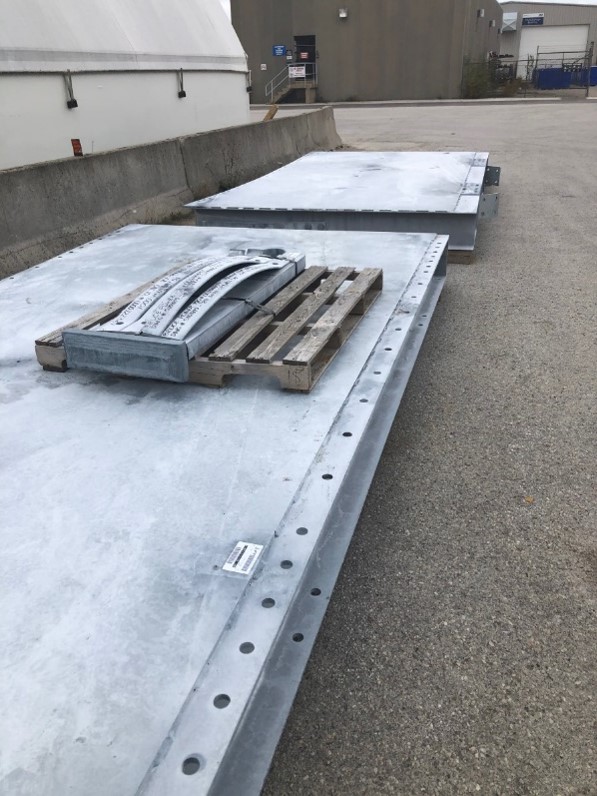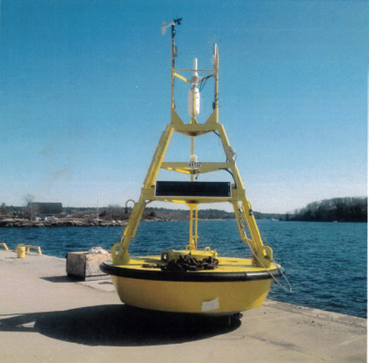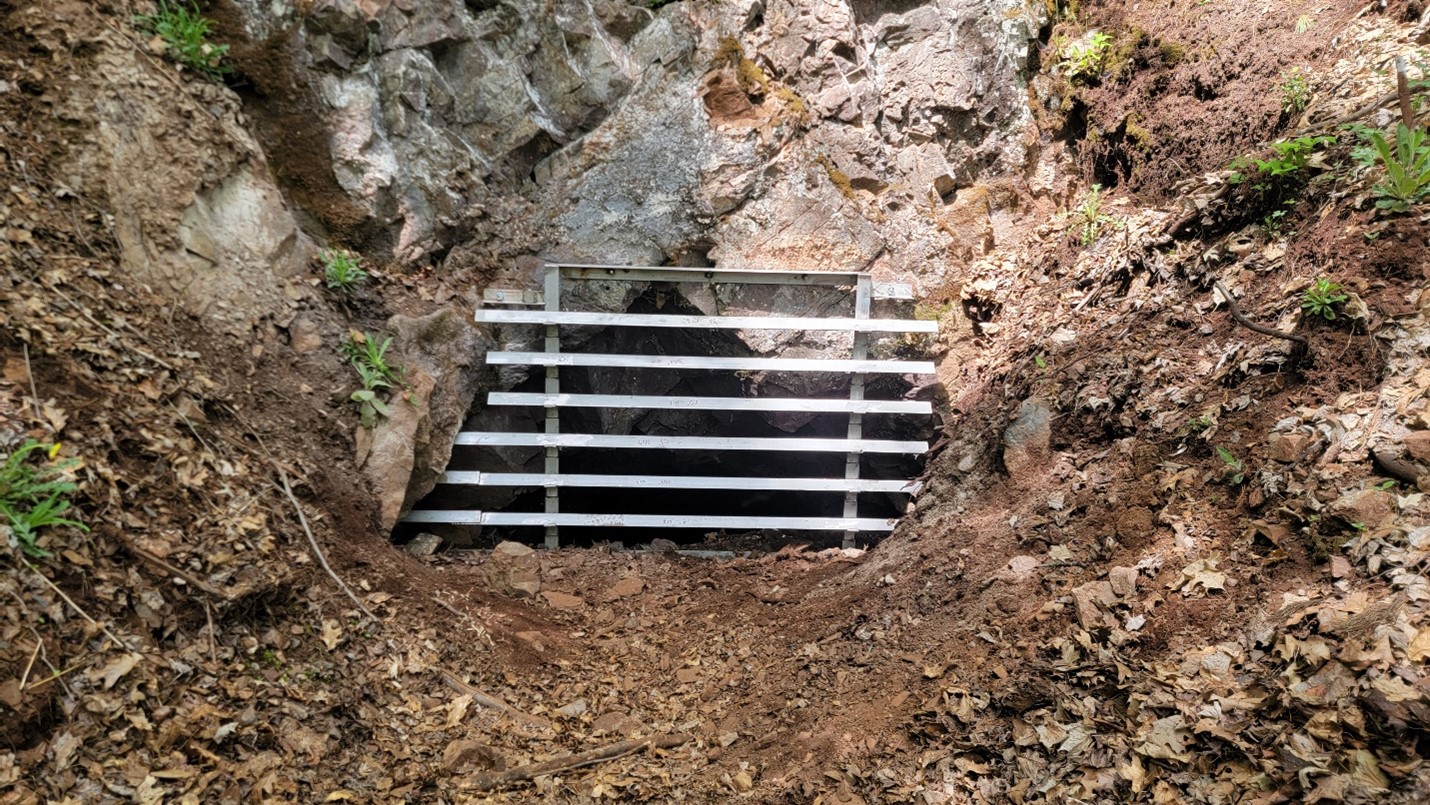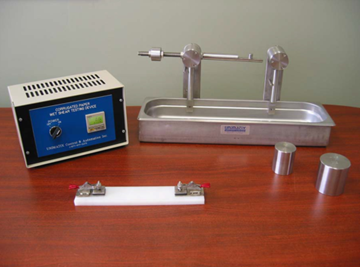Determining Shear Strength In Submerged Corrugated Cardboard
In industries where packaging plays a vital role in protecting products, the integrity of materials like corrugated cardboard is paramount. However, factors such as high humidity and low temperatures can compromise its strength and adhesive properties. Unified Engineering addresses this challenge by providing a specialized solution for testing the shear strength of corrugated cardboard under wet conditions. Our wet shear adhesion tester ensures that packaging materials meet the required performance standards, enabling better quality control and more reliable packaging solutions.
The Challenge:
In environments with high humidity or low temperatures, the performance of corrugated cardboard can be compromised. Incorrect material selection or improper testing methods can result in damage to packaged components, affecting product integrity. Ensuring the reliability of adhesive shear strength in such conditions is crucial for quality control and experimental research.

The Solution:
Unified Engineering’s wet shear adhesion tester is specifically designed to measure the shear strength of corrugated cardboard in submerged conditions. This device provides a reliable and precise method for assessing failure times under controlled weight applications. The tester includes components such as a digital timer, specimen clamps, and a weight balancing pendulum, allowing for accurate and repeatable testing procedures, crucial for both quality control and research purposes.
The Benefit:
The wet shear adhesion tester enhances the quality control process by providing a consistent and accurate means of testing shear strength in challenging environmental conditions. This ensures the reliable performance of corrugated cardboard packaging materials, reducing the risk of damage to sensitive components during transit. The cost-effective design and ease of use make it a valuable tool in both laboratory settings and manufacturing environments, ultimately improving product quality and operational efficiency.





